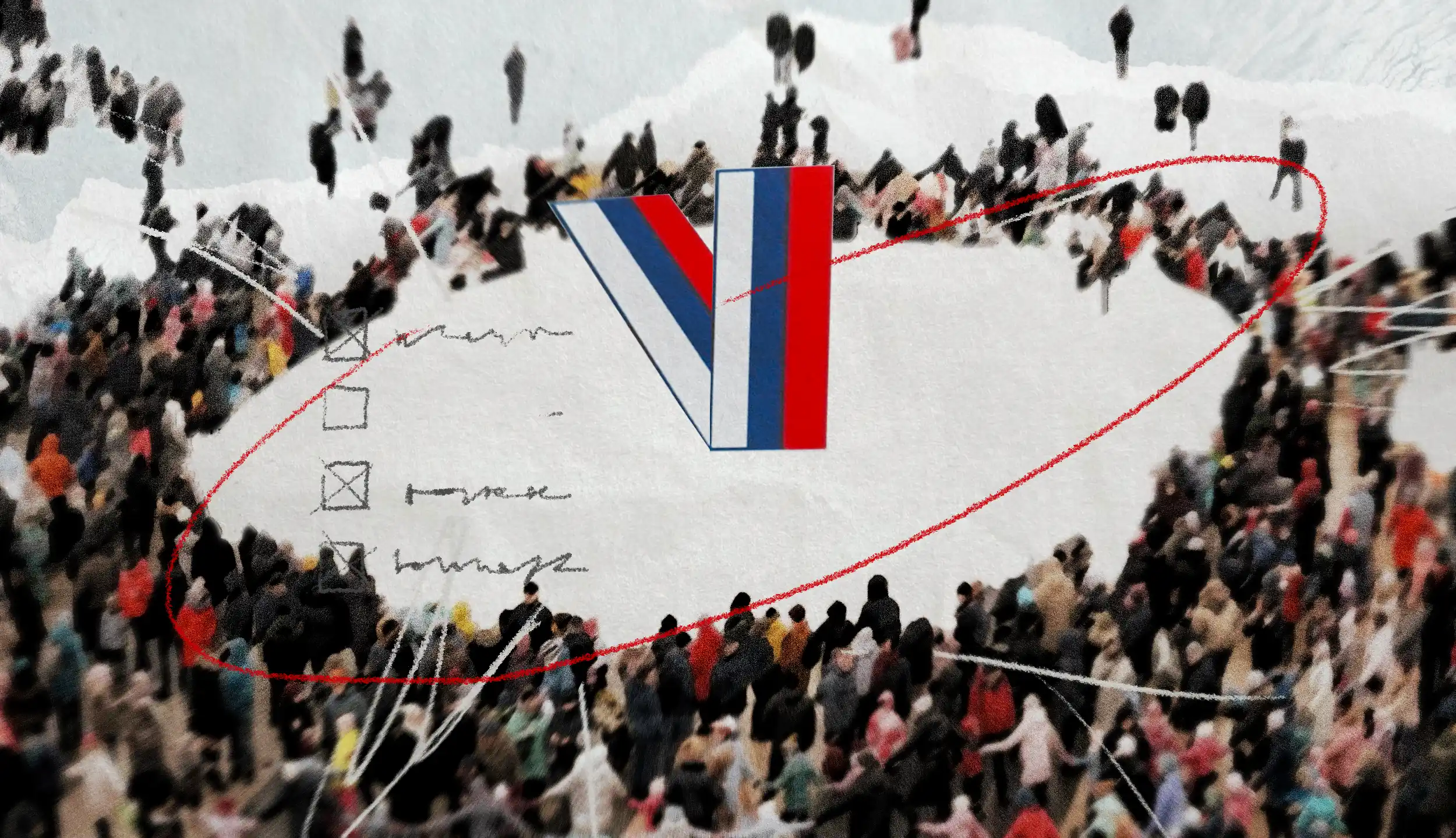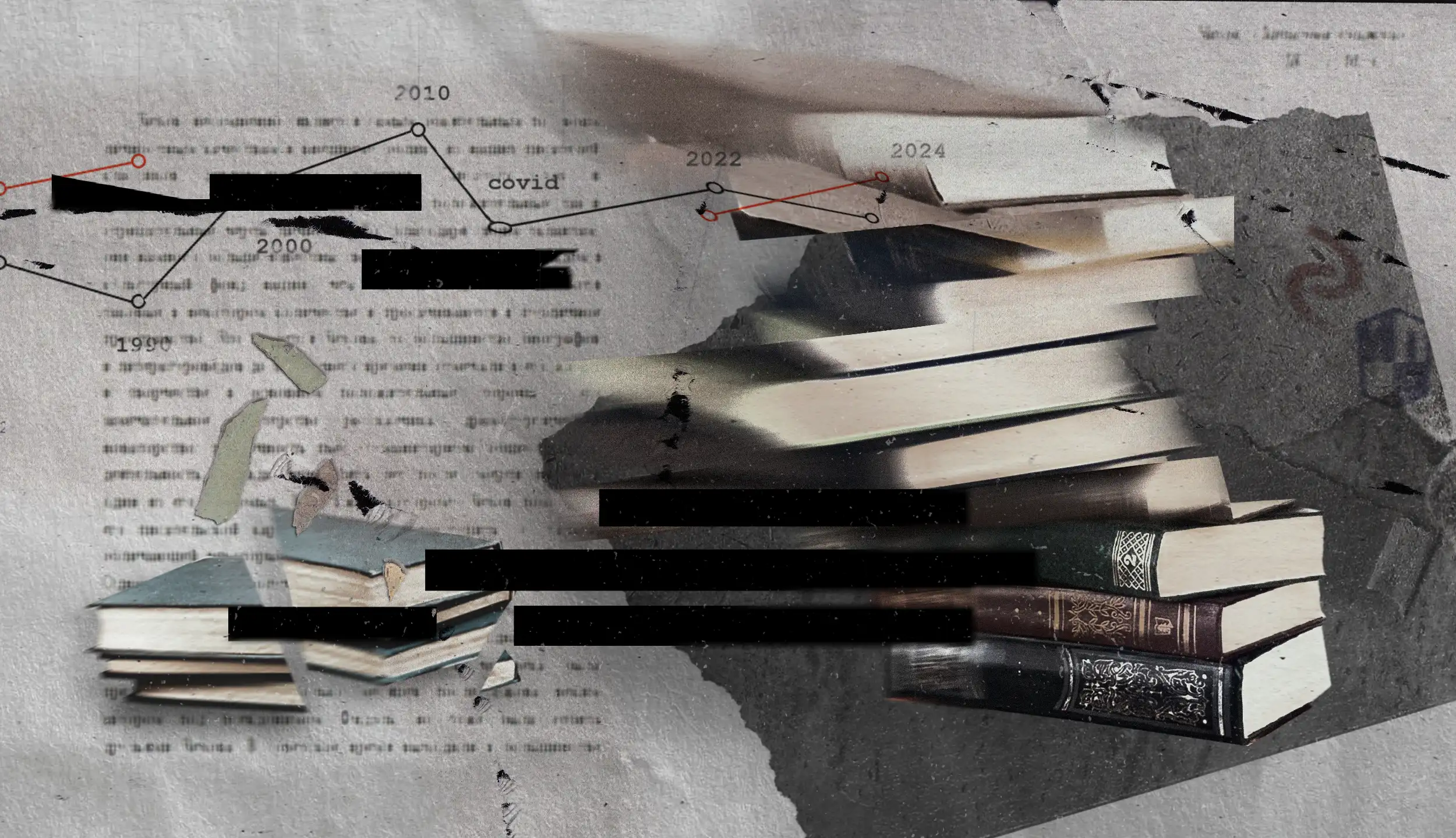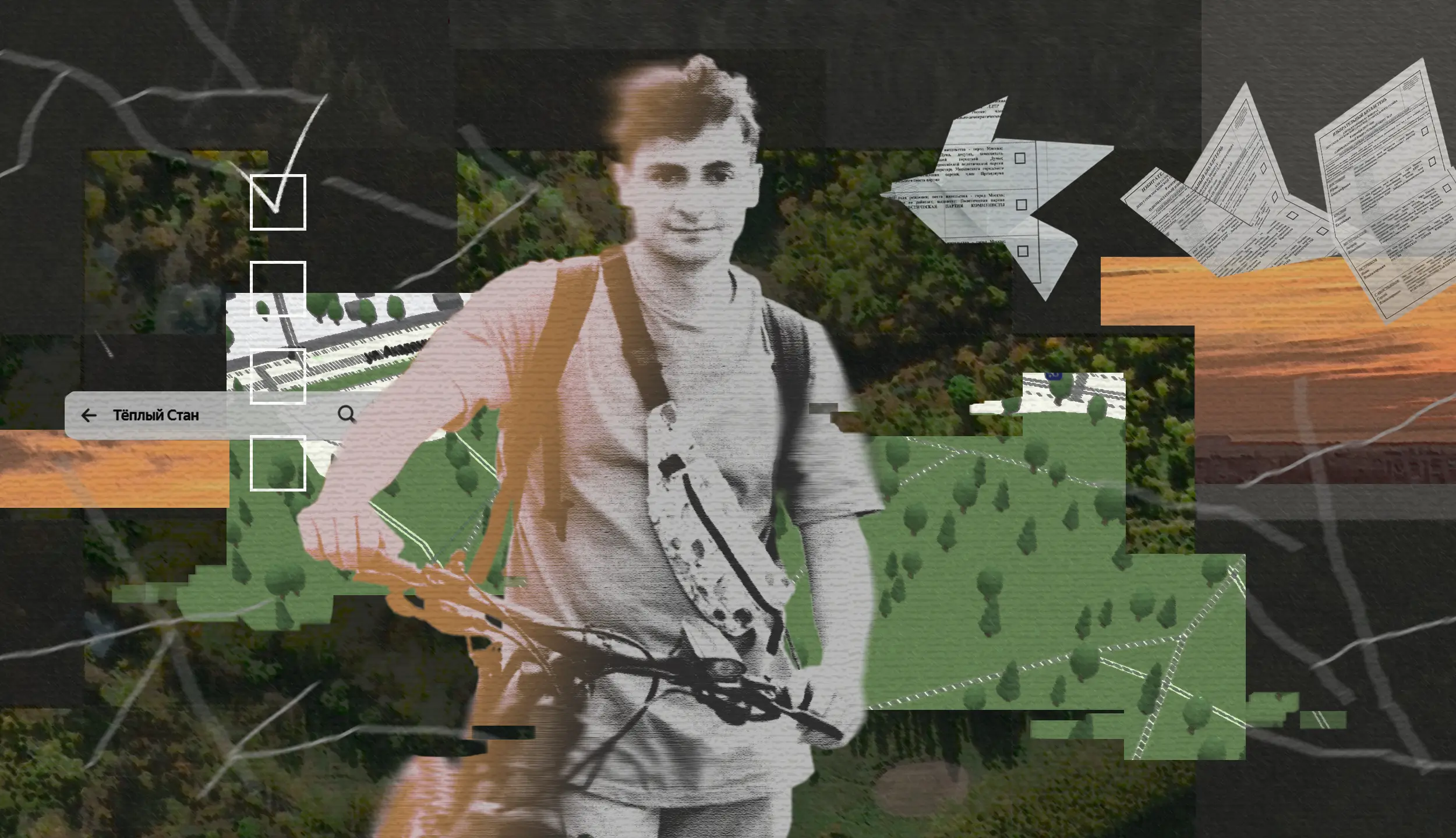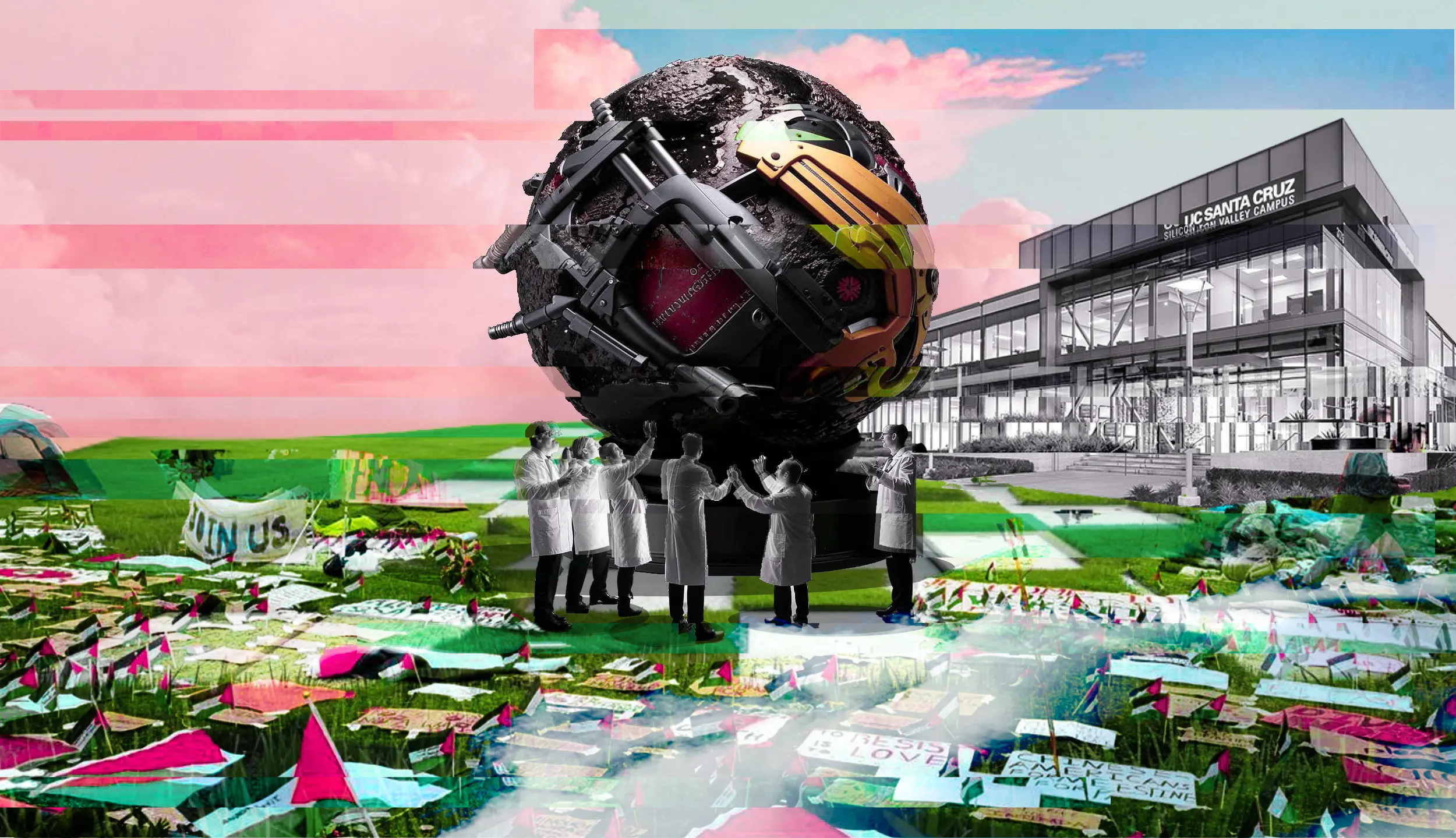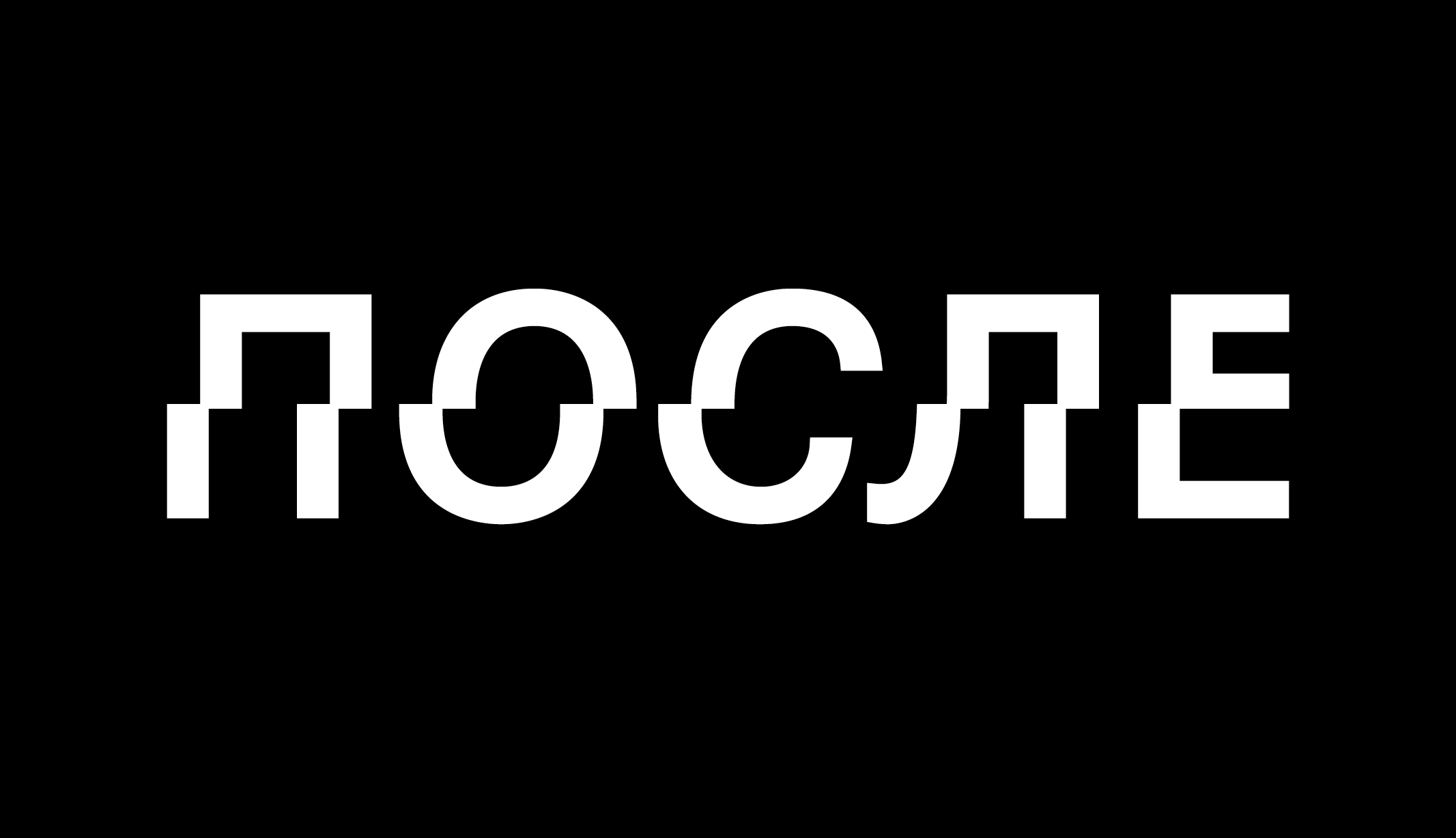Vladimir Putin’s fifth election is upon us. Even the Kremlin political strategists seem to mock this absurdity: having chosen the “V” sign as the official campaign logo and painted it in the colors of the Russian flag, they depicted the Roman numeral “five”, even though the President of Russia is going to be elected for the eighth time since 1991. At this point, it is worth recalling that the 2020 amendments to the Russian Constitution allow Putin to run for President again in 2030 and be elected for another term.
Talking about electoral politics may seem strange in the third year of a full-scale war and the evolution of the authoritarian regime into an effectively dictatorial one. During this time, the machine of repression operated at full capacity; many opposition-minded citizens were either forced to leave the country or did so voluntarily. Despite these major shifts in the electorate and the general political climate of the country, elections remain important for the regime and for Putin personally. The presidential election, and his victory in it, provide an important basis for the legitimacy of his own power.
Relying on the results of previous “elections” in which Russian citizens allegedly had the opportunity to fully express their political will, he insists that “the absolute majority of Russians” are behind his decisions. In this sense, it is fair to think that elections in Russia are still a space for civic participation and common political action, even if the Kremlin seeks to prevent such developments. Even with the limited opportunities available for resisting the established order, elections remain an accessible, legal, and safe way to at least somehow express oneself politically. Today, more than ever, the question arises of determining a possible opposition strategy that could unite those who disagree with what is happening in the country and give them the opportunity for collective action.
The general political situation in the country has led to a chilling and depoliticizing impact on discussions of strategy for the opposition. The most common debate that could have been heard before elections in recent years is the debate about participation or boycott. After the elections, the discussion turns on who is to blame for the failure of opposition candidates: idlers who refused to vote strategically or visitors to the polling stations who legitimize the regime. Such disputes are a consequence of the general frustration of Russian citizens at their inability to shape politics in the country. Despite the fact that such frustration is a reaction to the political situation, it has a depoliticizing effect, diverting attention from the discussion about opposing the regime.
The point of such a discussion is that any collective political action can be successful and effective if it gathers and inspires a sufficient number of participants so that they can declare themselves as a political subject. Tactics are important, but not decisive: after all, there are many historical examples of both unsuccessful protest votes and failed boycotts. In the end, no one has a ready answer to the question of which action will hit the Putin regime the hardest. Still, we can take a cautious guess at what moves might work and what might not, given the way Russian elections have changed in recent years.
Electoral fences
Those who have followed or even participated in the protests in Russia over the past decade, have repeatedly observed how state security agencies prepare for rallies. Usually, from the early morning, the police begin to gather in squares and public transport stops. At the rally itself, they prepare fences, paddy wagons, buses and cars in strategic locations to facilitate the separation of the crowd at the rally. Their goal is to create physical barriers to make it as difficult as possible for large numbers of people to gather together.
Continuing with the traditions of recent years, the Kremlin has been preparing for the upcoming presidential election by building and installing legal and administrative barriers and fences in front of protest voters. Since the 2018 presidential campaign, authorities introduced all sorts of “innovative” practices to the electoral process, including remote electronic voting, three-day voting, “voting on tree stumps,” near old fashioned well pumps, in the trunks of cars, and in public buses set up specially for the occasion. They have also banned the organization and participation in political campaigns for anyone deemed a “foreign agent” affiliated with “undesirable organizations”. The purpose of these innovations is to limit the opportunities for public participation as much as possible and to prevent candidates who oppose the current government from winning in elections.
The 2020 protests after the presidential election in Belarus frightened the Kremlin and led them to increase the level of control over elections and political campaign activity. Anyone who threatened to challenge the final results at individual polling locations (and the idea of near-universal approval of the national leader) was now seen as a threat. At every turn, the authorities and the Central Election Commission worked to stop any potential opposition movement in their tracks.
The 2021 State Duma election campaign (if the state’s theatrical production and fabrication of results can be called an “election”) showed that the entire process can be controlled and that the election commission can ensure the desired result of a given election. In emergency situations — where an “undesirable” candidate threatens the status quo — commission members cannot leave the election station until the required number of votes is secured for the desired candidate. This was exactly the case with the campaign of left-wing opposition politician Mikhail Lobanov.
The democratic socialist Lobanov took part in the September 2021 elections to the state Duma as part of Navalny’s opposition strategy. Despite not being a member of the party, he gained the support of the Communist Party of the Russian Federation. As a result of the elections, he won a crushing victory over United Russia’s candidate Evgeny Popov at the polling stations. Facing their “worst case scenario,” the election commission on the ground refused to sign off the official results, trying to starve out the observers responsible for domestic election monitoring. Some of the polling stations could not close until Monday morning, and higher-level territorial election commissions delayed the work even further in order to enter the desired result into the final protocols without resistance from observers.
The Kremlin has responded to such troubles by introducing remote electronic voting, which allows them to secure the exact numbers of votes they need, down to the last fraction of a percent. The authors of the “70 to 70” strategy could have only dreamed of such a system during their time. The “70 vs. 70” strategy was developed by the Kremlin for the previous election and declared that Putin should aim to get 70% of the votes with a turnout of 70% of voters. “Simply winning the vote” will not be enough to defeat Putin either. In the above-mentioned election in Belarus, we saw that such a system is simply not able to accept any result other than the one that’s been falsified. The Central Electoral Commission will not try to challenge fraud, no matter how large it may be, since its de facto purpose is to ensure Putin’s victory and give it the aura of legitimacy, rather than to hold up standards for the election process.
A counter-strategy
In 2019, Alexei Navalny destroyed the myth of the “Putin majority” in Moscow: candidates suggested by his “Smart Voting” strategy received more votes in total than candidates from United Russia. Using a mobile application, this strategy was a coordinated effort which informed voters vote strategically and en masse to weaken the chances of United Russia candidates and promote candidates who opposed them. The strategy worked very well, even when independent candidates were not allowed to participate in the elections. Many believe that this strategy was simply about winning elections, but it seems to have meant much more. After all, by campaigning and electing a dummy candidate, voters were endowed with a sense of political subjectivity. They could see their collective strength at the polling stations and the result of well-coordinated teamwork.
On 16 February 2024, just a month before his fifth re-election, Putin killed Navalny — the one person who struck at his weakest point — the idea that there was a “silent majority” that supported his power. The narrative of a “silent majority” has been a major source for political demotivation in Russia for many years. It has discouraged a huge part of Russian society away from unity and solidarity, because they feel in the minority, and therefore in a vulnerable position. Navalny’s strategy for collective opposition to Putin’s electoral machine via the “Smart Voting” campaign took advantage of depoliticization and channeled low turnout in elections in a productive direction. By using the situation that Putin and the Kremlin had created against them, the campaign successfully defeated government candidates by mobilizing a small number of supporters.
However, since then, the system has adapted to this strategy. The Kremlin understood the principle of its operation and actively worked to reduce its effectiveness and develop new restrictions. These efforts culminated in the same State Duma elections in September 2021, when, with the help of the remote digital voting, candidates were deprived of their honestly earned mandates. The concept of a simple strategic vote was rendered harmless and stopped working: the message that those opposing Putin are in the majority (or at least not in the absolute minority) was drowned out at the level of the technical procedure. This means that simply throwing a ballot into a ballot box or clicking a button on the Internet is not enough to counter the regime and we need an updated strategy.
Noon against Putin
One of these new strategies is “Noon against Putin.” It was born out of an attempt to invent a new program of collective action aimed at breaking the myths about the “Putin majority” and the “opposition minority.” According to the organizers, participants in the action will have to come to their polling station on Sunday noon, on the last voting day. At the same time, the tactics of action at the polling station do not matter and it is not very important what a person does with the ballot. What is important is the physical gathering of like-minded people and the demonstration that those who disagree with current policies are not left alone.
Opportunities for large groups to gather for political reasons are extremely limited today. It is worth recalling here that the Kremlin criminalized rallies even during Covid (see the so-called “sanitary cases”) and the only time it allowed people to gather in Moscow was only at Navalny’s funeral. Arriving at the polling stations at the same time can become a legalized rally without consequences for participation, and this creates a large space for public mobilization. The crowd gathered at the polling station will be direct proof of the opposition’s strength, perhaps a more convincing one than the final results from the polling stations.
This action has every chance to prove that there are still many people left in the country who are ready and able to say “no” to what is happening. The authorities’ reaction to this idea is not yet clear. For example, in Yekaterinburg, the Maslenitsa festivities will also be held at noon. It is unlikely, of course, that the organization of a traditional city holiday was a reaction to the opposition’s new strategy; instead, it was probably planned by city authorities at an earlier date, well before the “Noon against Putin” strategy had been publicized.
Indeed, Maslenitsa falls on March 17 this year. In a bitter irony of fate, after recovering from the poisoning, Navalny wrote that he became passionate about baking pancakes (the traditional food of Maslenitsa) and began experimenting and preparing them according to different recipes every morning. He would have probably been very pleased if his approach to electoral politics were continued, and the Russian opposition, despite everything, came together on this spring holiday.

